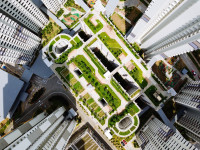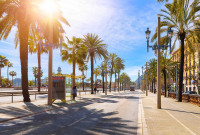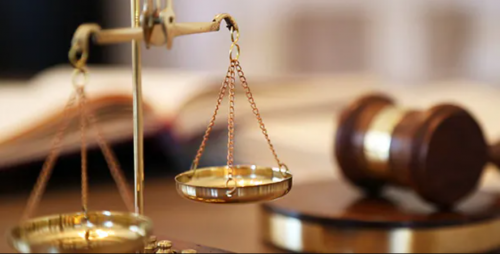FROM backyard gardens and roadside verges, to public parks and riverside footpaths, and beaches and jungles, green spaces play a major role in the water, energy and carbon cycles.
They reduce stormwater runoff, heatwaves, noise pollution, and act as a green lung, enhancing air quality, removing dust particles, and producing oxygen.
But beyond this science is the cultural identity and the functional needs of its inhabitants, both humans and wildlife. And as our cities develop into lookalike concrete jungles, are we losing our cultural story and sense of community?
Breaking Down the Issues speaks to Professor Shuhana Shamsuddin, an urban design expert who noticed that we are in danger of creating cities with no identity, built for fast-paced cars and traffic. Green spaces, replaced by road surfaces and concrete.
But, whatever that has been lost isn’t necessarily lost forever. A good example of this is Taman Tugu, our interview location at the heart of Kuala Lumpur.
Formerly the site of homes of colonial officers, it later became an unofficial landfill site. The site was recently reclaimed and re-greened with native trees, converting it into an urban forest park.
Walking trails amongst trees, including palm trees grown from seeds brought from West Africa by British colonials in the 1870s. Whilst palm trees are today a commercial crop, they originally grew these for ornamental purposes.
From a climate change perspective, we speak to Ivy Wong Abdullah of Yayasan Hasanah about Malaysia’s pledge to retain 50% of its land area as a natural forest. A big challenge is one of coordination and collaboration between federal and state governments, leveraging on federal incentives that states can draw upon towards ecological efforts.
Green spaces are part of an ecological system that goes beyond humans and wildlife.
It affects the air quality and is a catchment area for the water we use. It cools down the environment and acts as a carbon sink with the urgent goal of reducing climate change.
So should the question be “Who should be protecting our green spaces?” or should it really be “How can I protect our green spaces?” – The Vibes, July 31, 2022



![[VIDEO] Who should be protecting our green spaces?](https://media.thevibes.com/images/uploads/covers/_large/12092021_-_KUL_-_Review_of_Phase_2_of_the_National_Rehabilitation_Plan_compiled_at_Taman_Tasik_Titiwangsa_-_Azim_Rahman_12.JPG)



















